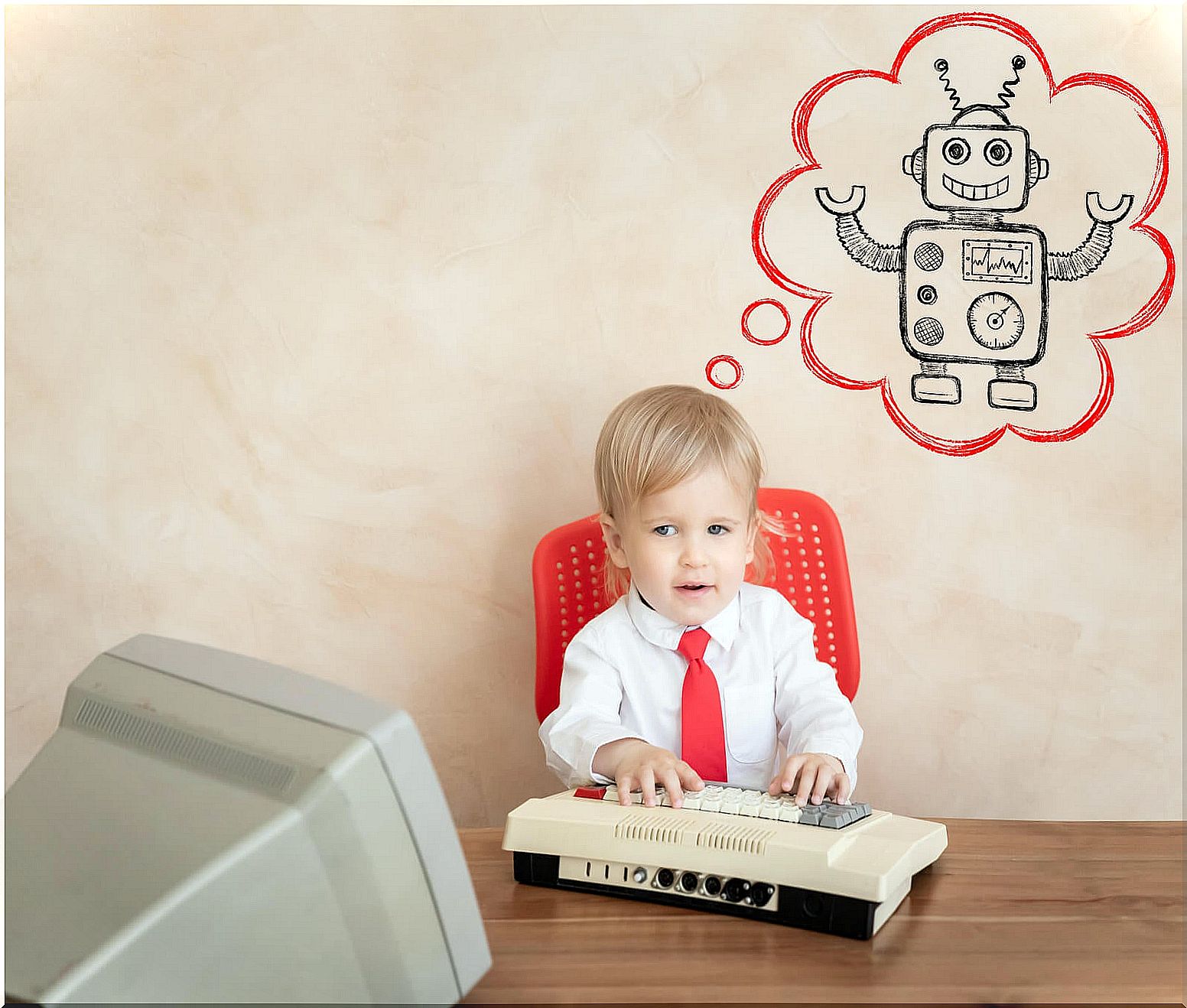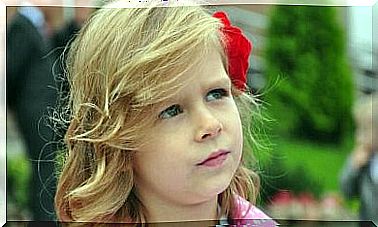Computational Thinking In Infants

The development of a computational thinking in Child involves creating conducive learning environments and activities that enable children in their early stages of development, the progress own computer skills.
What is computational thinking?
The term “computational thinking” was first used in 1996 by Seymour Papert. And it refers to a method or approach to formulating and solving problems considering the integration of digital technologies with human ideas.
In other words, it is a thought that involves a mental process capable of formulating problems whose solutions can be developed by a computer.
Thus, the development of computational thinking allows people, through their own computing skills, to solve problems of different kinds. The skills we refer to are involved in various thoughts such as:
- Critical.
- Side.
- Logical.
- Analytical.
- Algorithmic.
- Divergent.
- Abstract.

Through these types of thinking involved in computational thinking, it is presented as a problem-solving process to develop higher-order thinking. In this sense, the Computer Science Teachers Associations (CSTA) and the International Society for Technology in Education (ISTE ), argue that this problem-solving process includes the following characteristics:
- Formulate problems that can be decomposed and solved with the use of computers.
- The logical organization of the data for the analyzed.
- Use simulations and other data abstraction models to represent them.
- Through algorithmic thinking, composed of a series of ordered steps, automate solutions.
- Analyze the application and steps of the solutions to improve effectiveness, efficiency and resources.
- Generalize and transfer this problem-solving process to others and to other situations.
Computational thinking in Infants
It is important to note that we should not directly relate an early initiation of computational thinking skills with programming objectives.
In relation to this idea, Jeannette Wing, corporate vice president of Microsot Research , who has developed the idea of computational thinking a lot, argues that this is a way of thinking that is not only for programmers, and that they are useful skills for everyone. world, not just for computer scientists.
Thus, teaching skills that are part of computational thinking helps children, from an early age, to better structure all the other knowledge of school subjects. In addition, it favors the practice of STEM skills, and promotes innovation and creation.
And, since occupational thinking involves abstract and complex mental processes, it is better if it is promoted from the early stages of childhood development, in the same way that it happens with other fields such as dance, music, sports or art.

The importance of play to develop programming thinking in children
A priori , achieving the development of computational thinking in children seems to retain a certain complexity. However, various investigations show that, in a playful way, through play, a progressive development of this type of thinking is possible and accessible for children. That is, through fun, free and voluntary activities that motivate their learning.
Thus, one way to approach the teaching of programming skills to children is to do it by creating robots. Robotics is a technology that allows the understanding of sequences of instructions that follow one after another. All this to achieve a final goal, which is typical of algorithmic and computational thinking.
Today, there are various computational platforms, such as Scratch , where children can create games and activities, and generate computational thinking.
Scratch is a visual programming language for children ages 6 and up, and is developed by the ” Lifelong Kindergarten group” in the Media Lab at MIT (Massachusetts Institute of Technology). It is free and valid for Windows, Mac and Linux platforms.
On the development of computational thinking in Infants
It is important to include content related to programming languages in the Infant school curriculum, as long as they are adapted to the level of learning and development of children, since learning these contents, as we have seen, is beneficial for children because it improves their attention span, concentration, autonomy and creativity.
Therefore, the integration of robotics in the Early Childhood Education classroom is a good alternative for children to begin to become familiar with computational thinking. For which, taking into account the maturation and learning level of children of infant age, the training and intervention of the educator will probably be essential.










